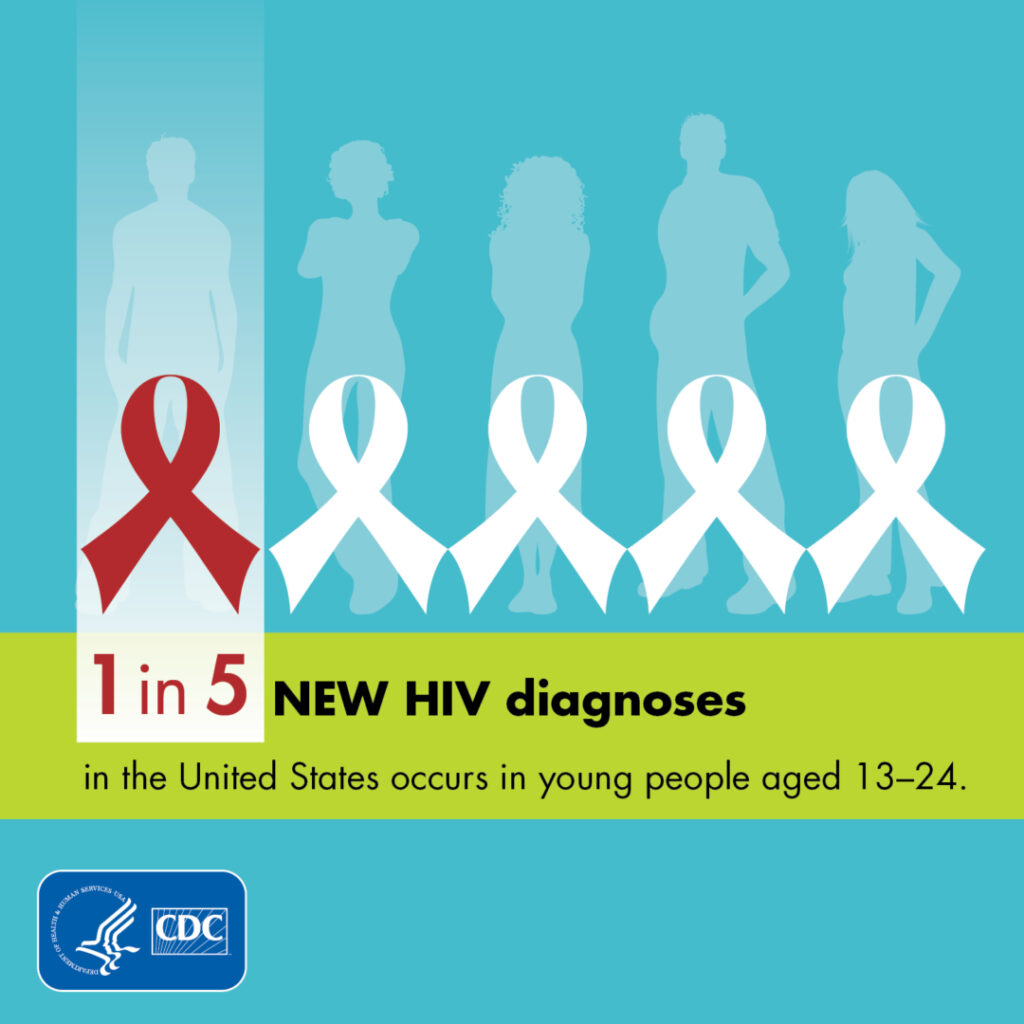HIV is a serious health issue that affects millions of people worldwide. According to the Centers for Disease Control and Prevention (CDC), approximately 1.2 million people in the United States live with HIV, and one in five people with HIV are unaware of their status. Youth, mainly those marginalized or in underserved communities, are particularly vulnerable to HIV infection. To address this issue, it is crucial to promote HIV information and prevention among youth.
What is HIV?
HIV stands for human immunodeficiency virus. It is a virus that attacks the immune system, weakening the body’s ability to fight infections and diseases. If left untreated, HIV can progress to AIDS (acquired immunodeficiency syndrome), a life-threatening condition.
Why is HIV a Concern for Youth?
Young people, particularly those who engage in high-risk behaviors such as unprotected sex or sharing needles, are at higher risk of contracting HIV. Young people aged 13-24 accounted for 21% of all new HIV diagnoses in the United States in 2019. Additionally, young people from marginalized communities such as Black, Hispanic/Latinx, and LGBTQ+ youth are disproportionately affected by HIV.
Promoting HIV Information and Prevention Among Youth
To address the issue of HIV among youth, it is essential to promote HIV information and prevention strategies. Here are some ways we can do this:
- Educate Youth about HIV: It is crucial to provide accurate and age-appropriate information about HIV to young people. This includes information about how HIV is transmitted, how to prevent HIV, and where to access HIV testing and treatment.
- Promote HIV Testing: Encouraging youth to get tested for HIV is crucial for early detection and treatment. Youth should be informed about the importance of testing and where they can access testing services.
- Encourage Condom Use: Condom use is an effective way to prevent HIV transmission during sexual activity. Educating youth about the importance of using condoms and making them accessible can help prevent new HIV infections.
- Provide Access to Pre-Exposure Prophylaxis (PrEP): PrEP is a medication that can help prevent HIV infection in individuals who are at high risk. Making PrEP accessible to youth can help reduce the incidence of HIV.
- Address Social Determinants of Health: Addressing social determinants of health such as poverty, discrimination, and lack of access to healthcare can help reduce the incidence of HIV among youth.
HIV is a serious health issue affecting youth, particularly those marginalized or living in underserved communities. Promoting HIV information and prevention strategies among youth is crucial to reducing the incidence of HIV. By educating youth about HIV, encouraging testing and condom use, providing access to PrEP, and addressing social determinants of health, we can work towards a future where HIV is no longer a threat to our youth.
